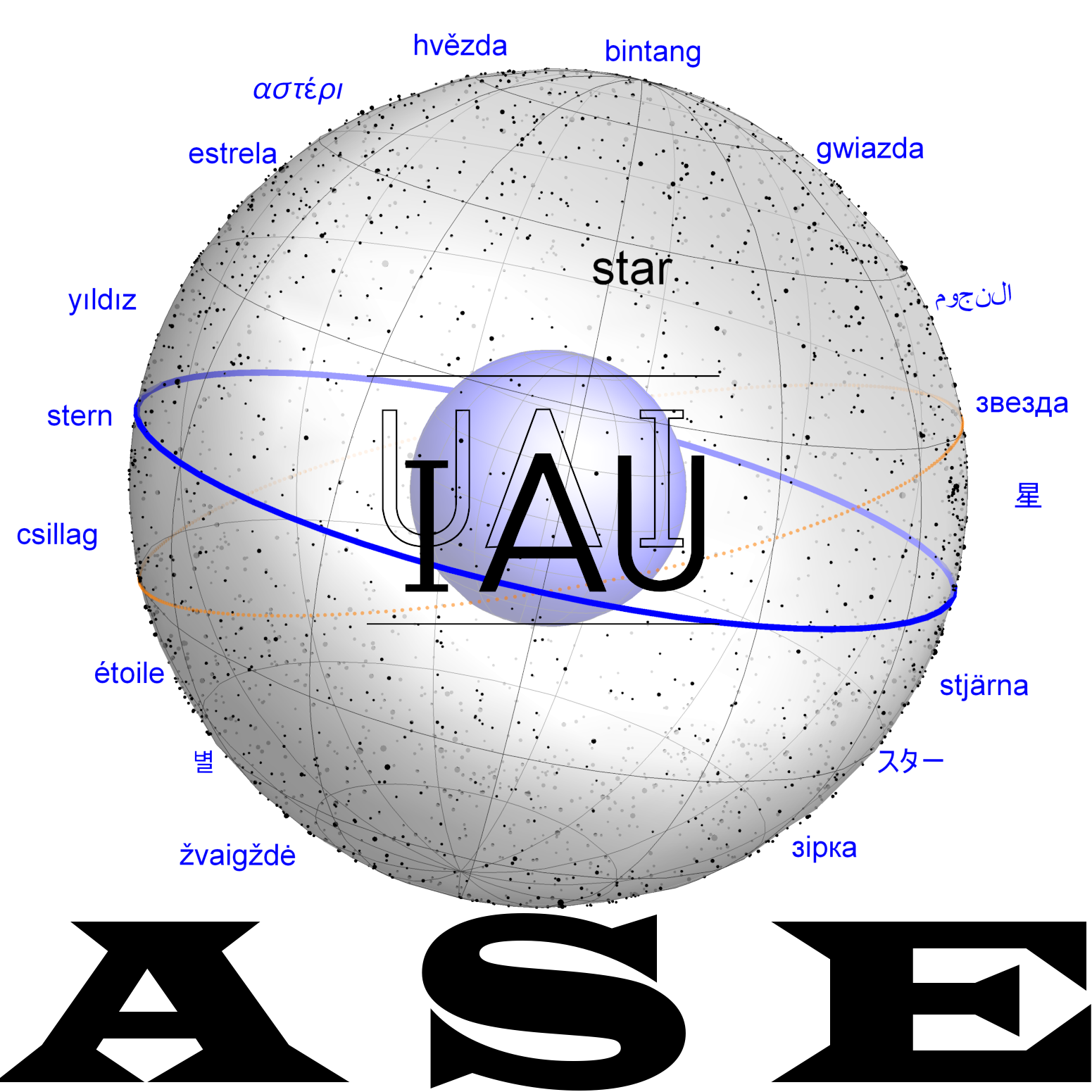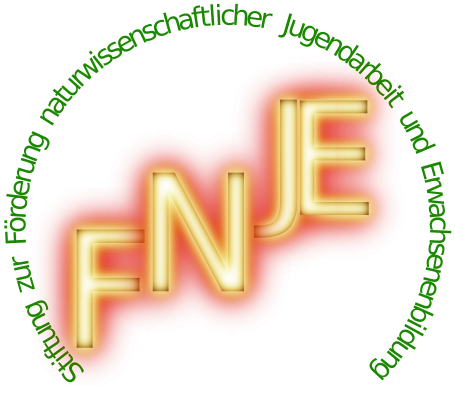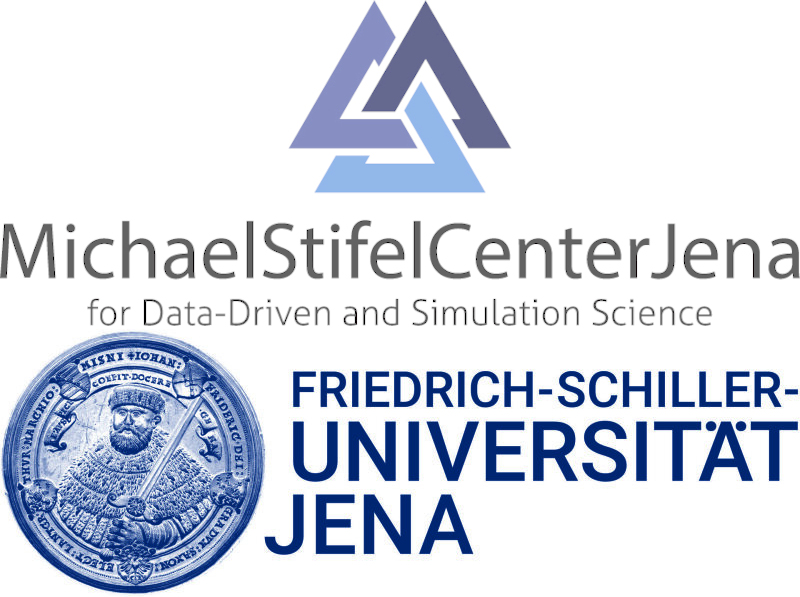NIN.SAR: Difference between revisions
From All Skies Encyclopaedia
No edit summary |
DavidHilder (talk | contribs) No edit summary |
||
| Line 10: | Line 10: | ||
{| class="wikitable" |
{| class="wikitable" |
||
|- |
|- |
||
! scope="col" style="width: 60%;" |Kurtik (2022) |
! scope="col" style="width: 60%;" |Kurtik (2022, n40) |
||
! scope="col" style="width: 40%;" |Gössmann (1950) |
! scope="col" style="width: 40%;" |Gössmann (1950) |
||
|- |
|- |
||
Revision as of 21:54, 23 March 2025
mul / dNIN.SAR is an ancient Mesopotamian asterism.
Dictionary
Krebernik (2023)
Goddess (but in late texts also a male deity), “butcher” of Enlil’s palace Ekur, wife of Erragal. The name should be be read dNin-nisig, see RlA s.v. dNin-SAR (EN 25–26r).
Kurtik with Hilder, Hoffmann, Horowitz, Kim
Var. reading: dNin.SAR, dnin.mu2; deity (goddess?), in astronomical texts usually recorded in pair with Erragal; identified with the star in the constellation Lyrae (ε Lyrae) [Litke 1998, 60; MA, 126; Tallqvist 1938, 402; G. 326], see e21dErragal.
Historical Dictionaries
| Kurtik (2022, n40) | Gössmann (1950) |
|---|---|
| вар. чтения: dNin.SAR, dnin.mu2; божество (богиня?), в астрономических текстах записывается обычно в паре с Эррагаль; отождествляется со звездой в созвездии Лира (ε Lyrae) [Litke 1998, 60; MA, 126; Tallqvist 1938, 402; G. 326], см. e21dErragal | Example |




